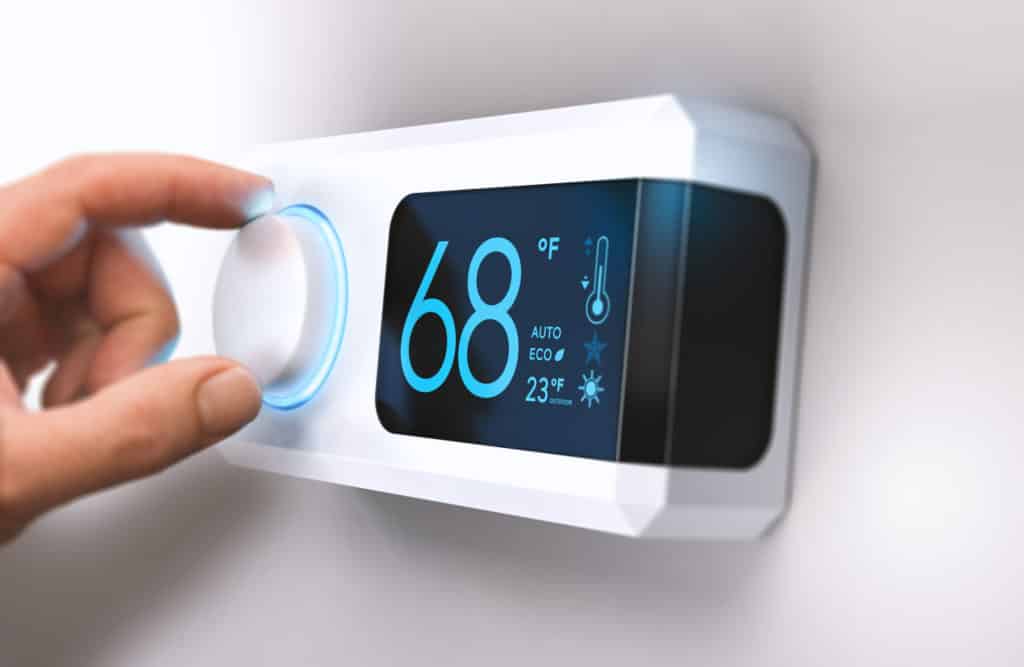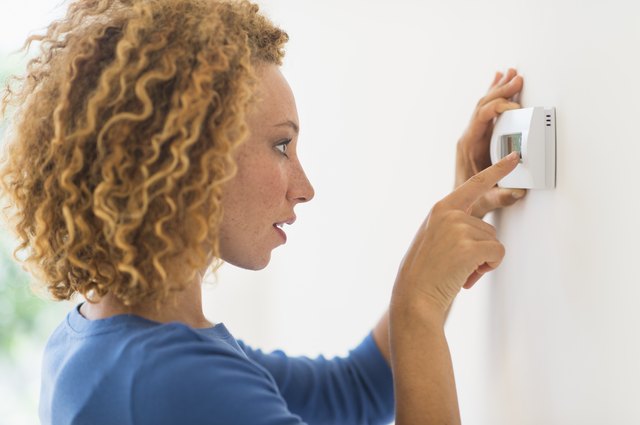WHEN TO REPLACE YOUR THERMOSTAT
A thermostat is your direct line of communication with your HVAC system. It ensures that the climate in your home is both safe and comfortable. With winter quickly approaching, having a working thermostat is essential for keeping warm. As we traverse the chilly season, the last thing you want is your thermostat to malfunction or break down. A Michigan winter means freezing temperatures and inclement weather – and coming home to a broken thermostat is not exactly the ideal way to spend the holidays.

Signs You Need to Replace Your Thermostat
Difficulty Saving Settings
Smart thermostats have programmable features that allow you to tune your HVAC system to your needs. Most smart thermostats let you schedule your furnace and air conditioner to run at set times throughout the day or in response to temperature changes. Unfortunately, these settings won’t be very useful to you if you have to reprogram them each day.
A faulty thermostat will sometimes have difficulty saving the settings that the homeowner has chosen. This could be due to something as simple as a dead battery or something more serious, like a defect in the thermostat’s memory. Follow the manufacturer’s instructions to perform a factory reset and see if the problem persists. If you still cannot save your settings, this is more likely a hardware issue.
The Thermostat Is Unresponsive
One of the most common causes of thermostat failure is also the easiest to fix. Batteries are not permanent and need to be regularly changed. If your thermostat is unresponsive, change the batteries and reset the system. This often resolves the problem right away. However, if it does not, then it’s likely that it’s a wiring issue to blame.

The Interface Won’t Respond
Modern thermostats are considerably more complex than previous generations. While this complexity gives greater control over comfort by providing remote access and greater programming options, it also creates more significant potential for software glitches and component failures. If the interface won’t respond, there is a good chance you need a software update or component replacement.
Deficient cycling
When your HVAC system is randomly turning on without your request, shuts off early or doesn’t finish its cycle to bring the living space to the right temperature, this could also mean you have a failing.
Thermostat is outdated
The variety of thermostats on the market nowadays, but anything with a needle definitely considered old. Typically, they meant to last 10 years or longer. After the decade passes, your thermostat may start to malfunction. Check the model of the thermostat to see how old it is before you make the diagnosis that it’s just outdated so “it must not be working properly”.


